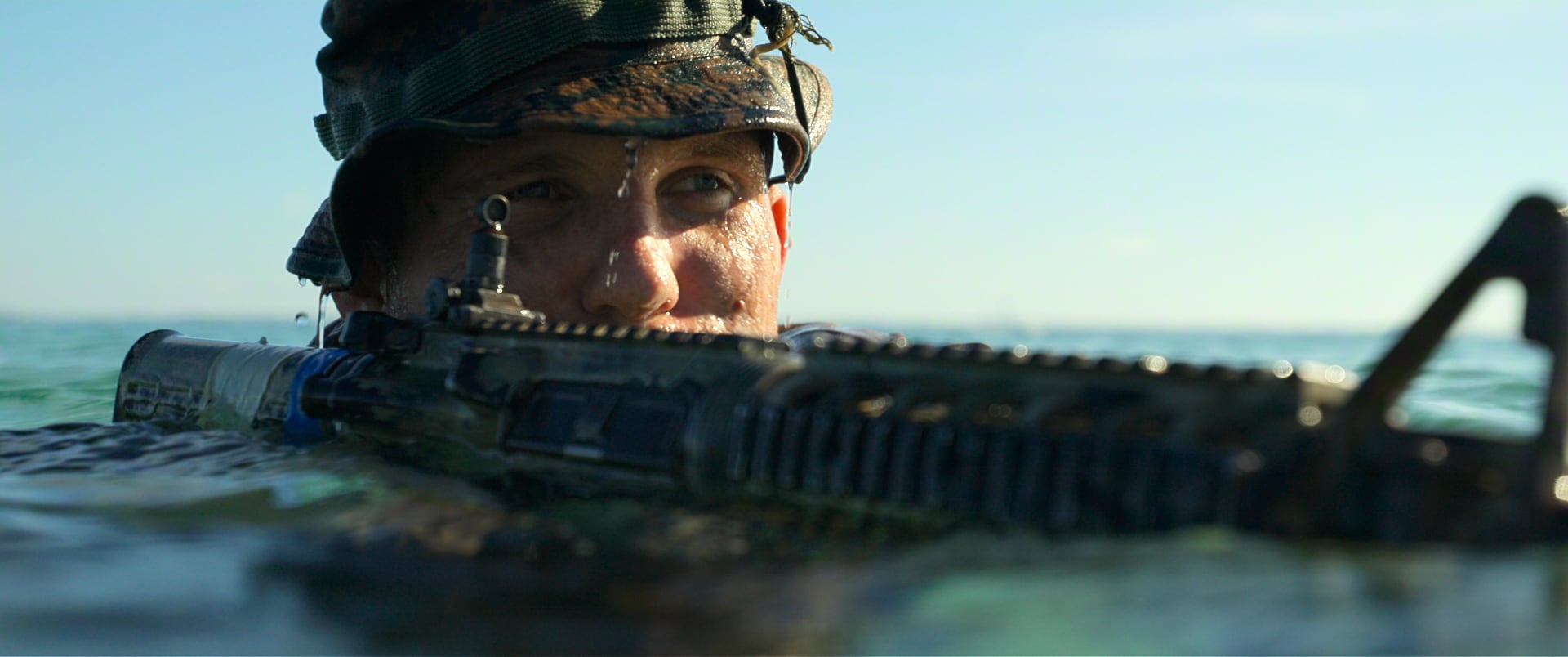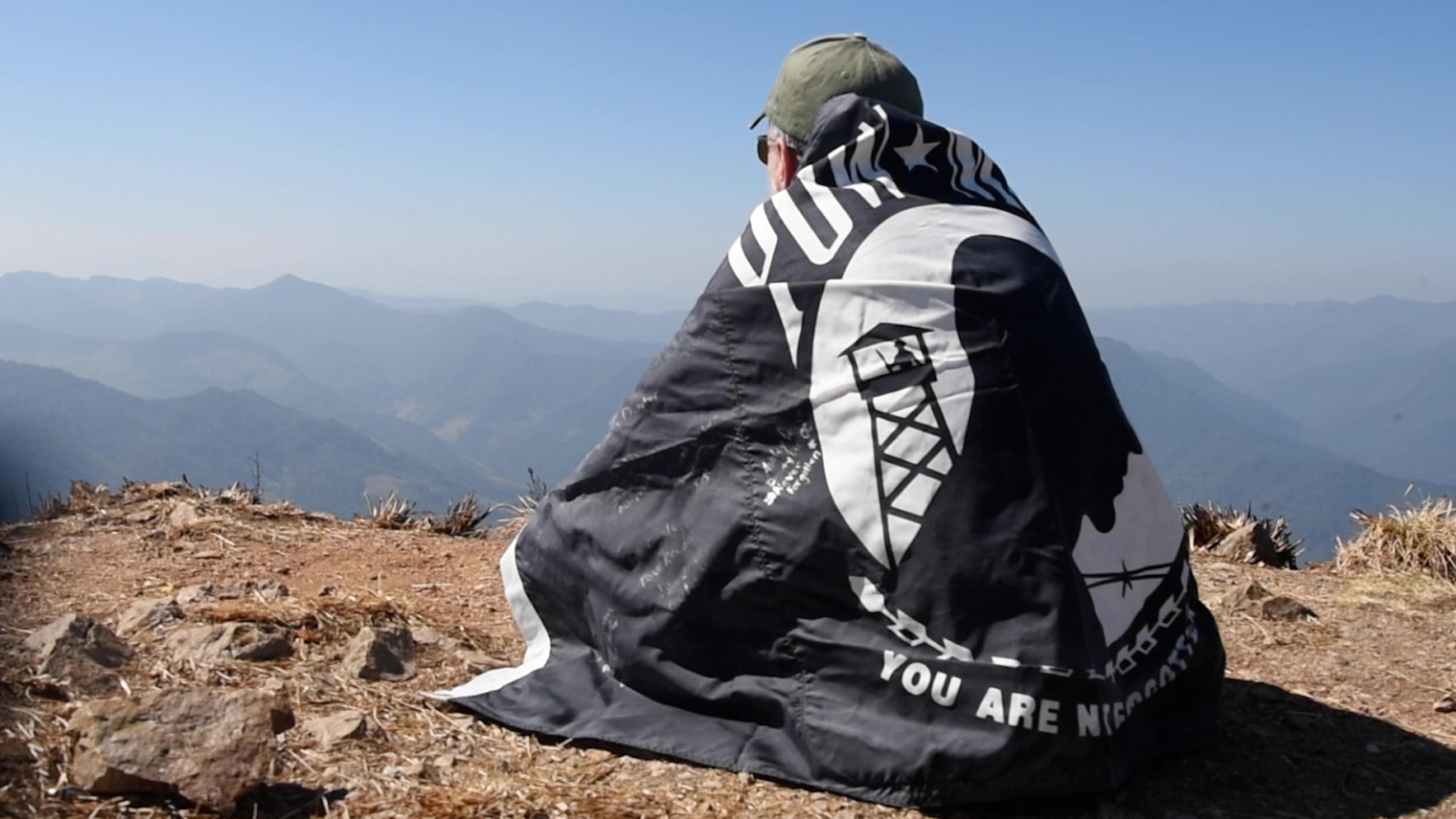David Haskell Hackworth joined the Army as a private in 1946 and retired as a colonel in 1971. He amassed a collection of combat decorations few Vietnam War veterans equaled, much less exceeded. They included two Distinguished Service Crosses, seven Silver Stars and four Purple Hearts — added to his Korean War valor awards.
“Hack,” his friends called him, is most known for his post-Army career as a journalist as a contributing editor at Newsweek in the 1990s, then as a syndicated columnist called “Defending America.” Hackworth’s criticism of Pentagon officials for alleged shortcomings angered many — and endeared many more. But as critics disagreed with his politics, no one ever doubted his bravery as a soldier.
Hackworth, born in 1930 in Santa Monica, California, joined the U.S. Merchant Marine in 1945. He lied about his age the next year, when he was 15, to enlist in the Army. He served as a tank crewman in Italy until 1949, then reenlisted before the Korean War begun the following year. Hackworth, now a sergeant, was sent to fight with the 27th Infantry Regiment, 25th Infantry Division in Korea. There, he received three Silver Stars, four Purple Hearts and earned a battlefield commission to lieutenant.
After assignments in a variety of posts, Hackworth deployed to Vietnam as a major in the 101st Airborne Division. In February 1966, he earned the Distinguished Service Cross — the Army’s second highest valor award after the Medal of Honor — when he led a mission to relieve a company that had been pinned down for four hours. After arriving at the site, Hackworth surveyed the situation and then ran across a field through heavy machine gun fire. He crawled to a spot about 20 yards from entrenched Viet Cong and then repeatedly led his men in attacks, at one point exposing himself to intense fire to direct an airstrike.
The following month, Hackworth received his first Vietnam Silver Star. Flying in a command helicopter when his unit was attacked by a much larger VC force, Hackworth told his pilot to land. He personally directed his men and supervised the evacuation of the wounded in the midst of enemy fire.
In June 1966, Hackworth got another Silver Star. Once again, he was in a helicopter when his soldiers below came under attack. This time Hackworth ordered the pilot to hover 15 feet above the ground, and he jumped from the helicopter. When Hackworth saw VC penetrate a section of the unit’s defensive perimeter, he personally charged the breached position and killed three guerrillas.
During his second tour, as a lieutenant colonel commanding 4th Battalion, 39th Infantry Regiment, in 1969, Hackworth was awarded a second Distinguished Service Cross, five Silver Stars and four Purple Hearts. He received the DSC for actions in a fierce battle when he led one of his companies in repeated assaults against enemy positions. Each of the Silver Stars — one in February, two March and two in May — recognized gallantry against numerically superior VC units.
No other American has received 10 Silver Stars, and Hackworth’s eight Purple Hearts are a record shared only with Brig. Gen. Robert T. Frederick of World War II’s famed “Devil’s Brigade” commandos.
After his career as a writer made Hackworth a controversial figure, some questioned his claim that he was the most highly decorated living American. At the time, Hackworth was insisting that he had nine Silver Stars. He didn’t realize he actually had 10 until the Army conducted an investigation. Hackworth died of cancer in Tijuana, Mexico, on May 4, 2005, at age 74.
Fred L. Borch is a retired judge advocate colonel who serves as the regimental historian for the Army Judge Advocate General’s Corps. He is president of the Orders and Medals Society of America and the author of several books on American military decorations.





